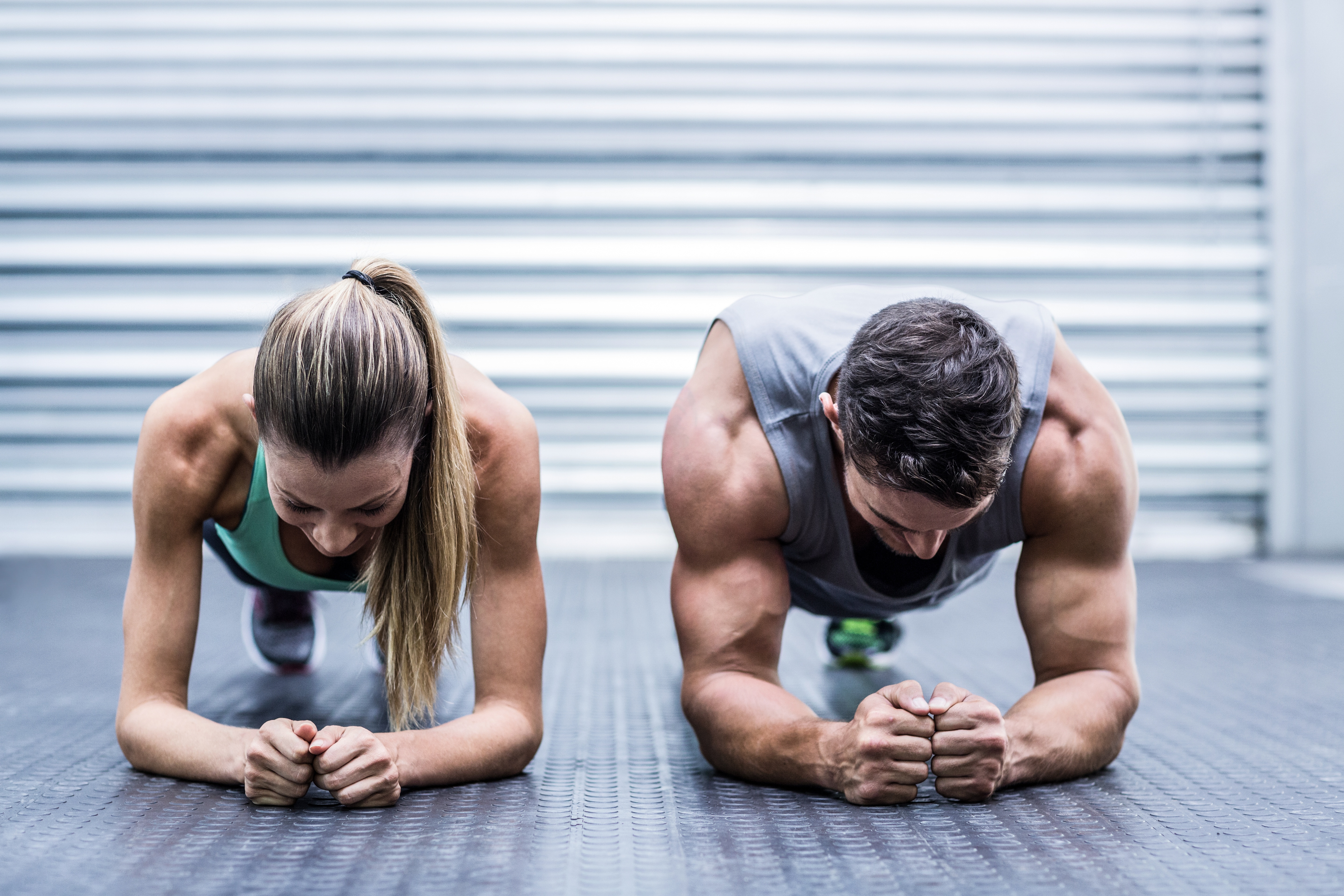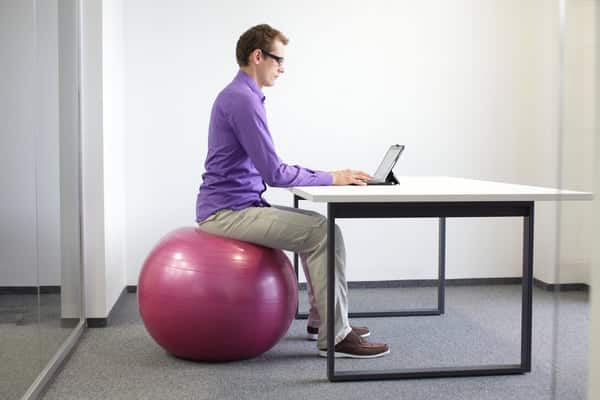
Getting and staying healthy and fit is every bit as much a mental exercise as it is a physical one. The fortitude it takes to get up with your alarm clock and get yourself to the gym before work should be considered a herculean effort – and every day, the same people get up and get it done. There are those who don’t want to hit the gym before the sun rises, but every evening, after a long day of work, those same people find the energy left in them to push through those reps and run those hills. Where do you fall on that range?
Mental fitness can translate to how well you can rely on yourself and self-efficacy lends strength to physical health. In other words, knowing you have the power of choice is closely tied to your commitment to fitness1. Working out your brain is a little more difficult than maxing out on your bench press. Here are five ways you can begin to develop your mental fitness and physical fitness at the same time.
Practice Goal-Setting
Define a goal. A goal could be getting faster at hill sprints, doing more pushups in sixty seconds or solving critical thinking problems more efficiently. Anything can be a goal, and all goals are personal and specific. Having a mission in mind is the first step. The next step is setting your expectations and plotting out the steps you’ll take to achieve that goal. Even if it’s a physical challenge, the mental fitness comes with defining the benchmarks toward reaching the finish line and devising the metrics to compare your progress.
Some examples:
- Running a 5k in under 30 minutes.
- Deadlifting your body weight.
- Losing just two pounds.
Practice Goal-Achieving
This might seem like it doesn’t even need to be said, but achieving your goals doesn’t naturally follow setting them. Just like salespeople are trained to ask a few easy ‘softball’ questions to get you saying ‘Yes’ and thinking positively, you should train your brain to get used to success. Start by setting a few goals that are easy to achieve as it will strengthen your motivation. When you succeed, begin to develop a history of positive reinforcement. This is the easiest way to get your mental and physical health on the same track.
Some examples:
- Walk 20 minutes four times in one week.
- Plan and prep for three healthy dinners in one week.
- Go to the gym two times within one week.
Remove Mental Crutches
Developing mental fitness means setting aside the crutches that we use without realizing. A snooze button is a prime example. By setting an alarm that you can ‘snooze’, you don’t just disrupt and reset the circadian rhythm; you actively train the brain to be more tired. Seven minutes of snoozing isn’t as restful as seven minutes of real sleep because of the point in the sleep cycle in which they occur2. Besides the sleep cycle issues, you’re also allowing yourself to be lazy. Get up and face the day!
Some examples:
- When you notice negative self-talk, make yourself stop.
- Resist the urge to tell yourself you’re ‘fine’ the way you are.
- Don’t allow self-pity; instead think of the first step toward success.
Build Resilience
There will be tough deadlines, personal setbacks, struggles and stress in your life. Being able to not only handle them as they arise, but to also continue life in a positive way afterward is resilience. Resilience isn’t facing difficult situations or decisions with apathy; rather it’s meeting those same problems without antipathy. Training for resilience and endurance consists of building supportive relationships, accepting change without anger, setting realistic goals, developing a positive view and being decisive3.
Consider an unpleasant experience:
- Who is a person to whom you could turn for advice or comfort?
- What is something you can learn from this situation?
- Identify a single positive step you can take to move past this experience.
Develop Mental Dexterity
Careful planning of decision-making, reactions, attention and movements are all parts of mental dexterity. Active meditations like Yoga Nidra (a spoken guided meditation which is sometimes known as the ‘science of psychic sleep’) along with the practices of Tai Chi and Qigong are great for developing dexterity of the mind. The brain relies on many factors to maintain physical balance, and cognition tends to be one of the last skills developed. Primarily, the inner ear, the body’s somatosensory system and vision contribute to how we move within the world around us. By working on mental dexterity early to become more in tune with our bodies, we condition our mental fitness and train our brain to maintain our balance longer – which is especially important later in life4.
Some examples:
- Find a tai chi or qigong center near you and try a class.
- Download a recording of a Yoga Nidra meditation and listen to it before bed.
- Practice being mindful of your moments with a simple five-minute exercise where you mentally or vocally say each movement before you perform it.
Taking the time to practice even one of the examples given every week, or possibly even one every day, will start to strengthen and increase your mental fitness. What’s one exercise that you could do right now?
Psych Central.com,. ‘The Psychology Of Exercise And Fitness’. N.p., 2015. Web. 12 Nov. 2015.
Breene, Sophia. ‘Why The Snooze Button Is Ruining Your Sleep’. Greatist. N.p., 2015. Web. 12 Nov. 2015.
Harvard Business Review,. ‘Resilience: How To Build A Personal Strategy For Survival’. N.p., 2009. Web. 12 Nov. 2015.
Publications, Harvard. ‘Good Balance Requires Mental And Physical Fitness – Harvard Health’. Harvard Health. N.p., 2015. Web. 12 Nov. 2015.



